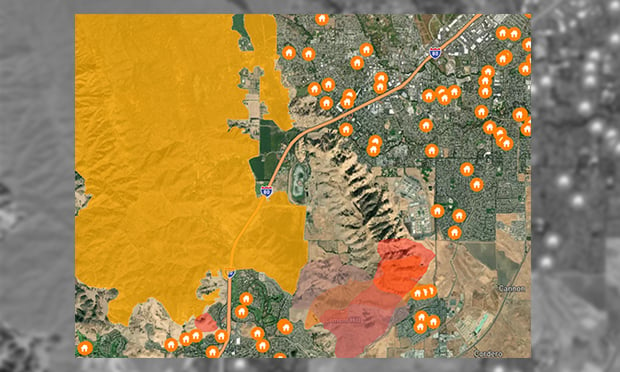 Evolving natural disaster risk reveals a less obvious yet far-reaching consequence for insurers: Traditional methods of managing risk concentration can't keep up with a constantly changing risk landscape. (Credit: BuildingMetrix)
Evolving natural disaster risk reveals a less obvious yet far-reaching consequence for insurers: Traditional methods of managing risk concentration can't keep up with a constantly changing risk landscape. (Credit: BuildingMetrix)
The 2018 Camp Fire in Northern California left behind devastation in many forms: burned-out businesses, incinerated homes, charred cars. In total, the fire destroyed nearly 19,000 structures and claimed the lives of 85 people. The blaze also caused another casualty: A regional insurer was forced into liquidation in part because it had taken on too much risk in areas affected by the fire.
Recommended For You
Want to continue reading?
Become a Free PropertyCasualty360 Digital Reader
Your access to unlimited PropertyCasualty360 content isn’t changing.
Once you are an ALM digital member, you’ll receive:
- Breaking insurance news and analysis, on-site and via our newsletters and custom alerts
- Weekly Insurance Speak podcast featuring exclusive interviews with industry leaders
- Educational webcasts, white papers, and ebooks from industry thought leaders
- Critical converage of the employee benefits and financial advisory markets on our other ALM sites, BenefitsPRO and ThinkAdvisor
Already have an account? Sign In Now
© 2025 ALM Global, LLC, All Rights Reserved. Request academic re-use from www.copyright.com. All other uses, submit a request to [email protected]. For more information visit Asset & Logo Licensing.








